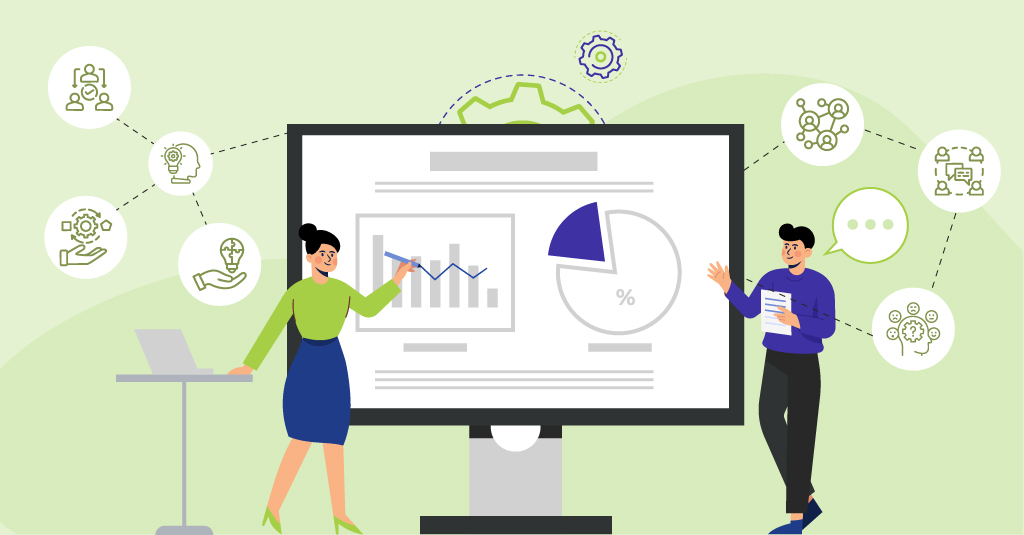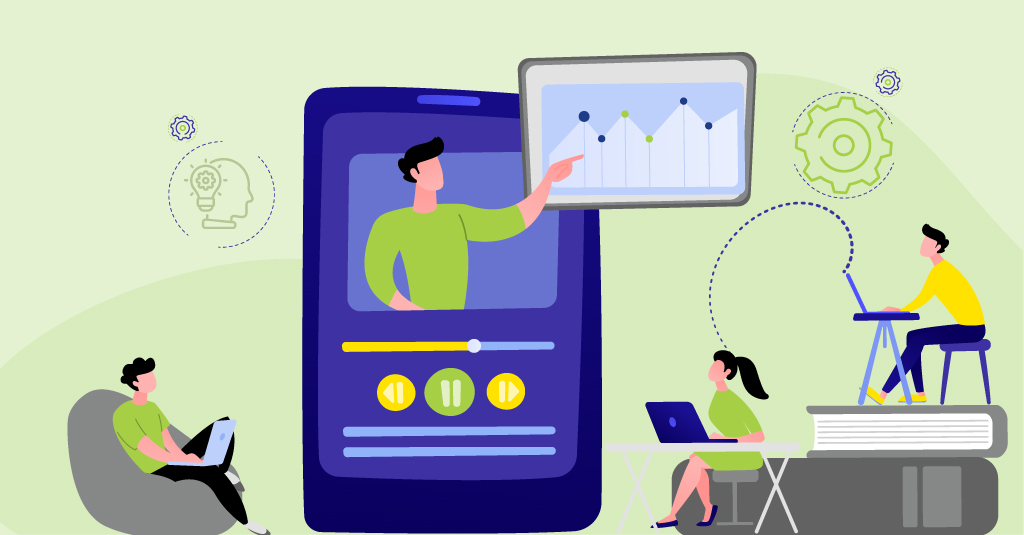In our previous phase of the Learning Impact Framework, we focused on creating learner pull by building anticipation and engagement before the learning experience even began. Now, as we move into Phase 4, we shift our attention to the launch itself, the pivotal moment when all the groundwork and pre-launch strategies come together. A successful launch is about more than just rolling out the program; it’s about generating excitement, ensuring smooth access, and gathering the vital feedback that will shape the learning experience moving forward. In this phase, we take action to maintain momentum and set the stage for long-term success.
The launch of a learning experience is more than a technical rollout, it’s a moment to build energy, momentum, and trust. First impressions matter. This phase is where the groundwork laid in previous phases starts to pay off. A well-orchestrated launch builds early traction, supports learners when it matters most, and captures valuable feedback to refine the experience and drive better outcomes.
Launch the Course
Collect Feedback from Early Learners
The first wave of learners provides some of the richest insights you’ll get—and the earlier you listen, the better you can course-correct. Feedback at this stage isn’t just about ratings. It’s about user experience, relevance, and emotional response—how learners feel during and after the experience.
The Feedback Flow is our way of making learning more responsive and learner-centric. It starts with gathering direct input from learners—what’s working, what’s confusing, and what could improve.
Set up checkpoints through post-module surveys, brief check-in polls, live discussion forums, or quick calls with select participants. Ask about clarity, usefulness, navigation ease, and overall experience. Combine quantitative data (such as ratings or completion time) with qualitative feedback (comments, quotes, and open-ended reflections). This is your chance to identify what’s working and what needs tweaking—before full-scale rollout.
Listen – Capture feedback through multiple channels
Understand – Analyze feedback and identify patterns/themes
Improve – Make real-time adjustments to improve the experience
Develop Experience Stories on the Launch Page
People trust people. One of the most effective ways to boost engagement is to share success stories from early learners who found value in the experience. These could be in the form of short written testimonials, quote cards, or 30-second video bytes explaining what they learned and how it helped them at work.
Featuring these stories on the launch page or internal learning portal makes the program feel real, relatable, and credible. It shifts the message from “the organization wants you to take this training” to “your peers found this useful.”
Consider these experience stories as your social proof engine; they boost confidence in the learning journey and make others curious to join in.
Onwards to Phase 5 of the Learning Impact Framework
Early feedback helps us fine-tune and optimize, but sustaining impact requires more than a strong start. The next phase focuses on helping learning stick for the long term.
Building on Success: The Path to Sustained Learning Impact
As we’ve seen, launching a learning experience is just the beginning. Gathering and acting on early feedback ensures that the learning experience continues to improve and meets the needs of the learners. But sustaining the impact requires ongoing efforts, which is why we’ll delve into Phase 5 next, focused on making learning stick. For a deeper understanding of how each phase in the Learning Impact Framework can drive measurable results, download our comprehensive eBook, Beyond Training: An Actionable Guide to Learning That Delivers Measurable Business Impact. It’s packed with tools, insights, and strategies designed to help L&D leaders like you optimize learning in your organization.
















